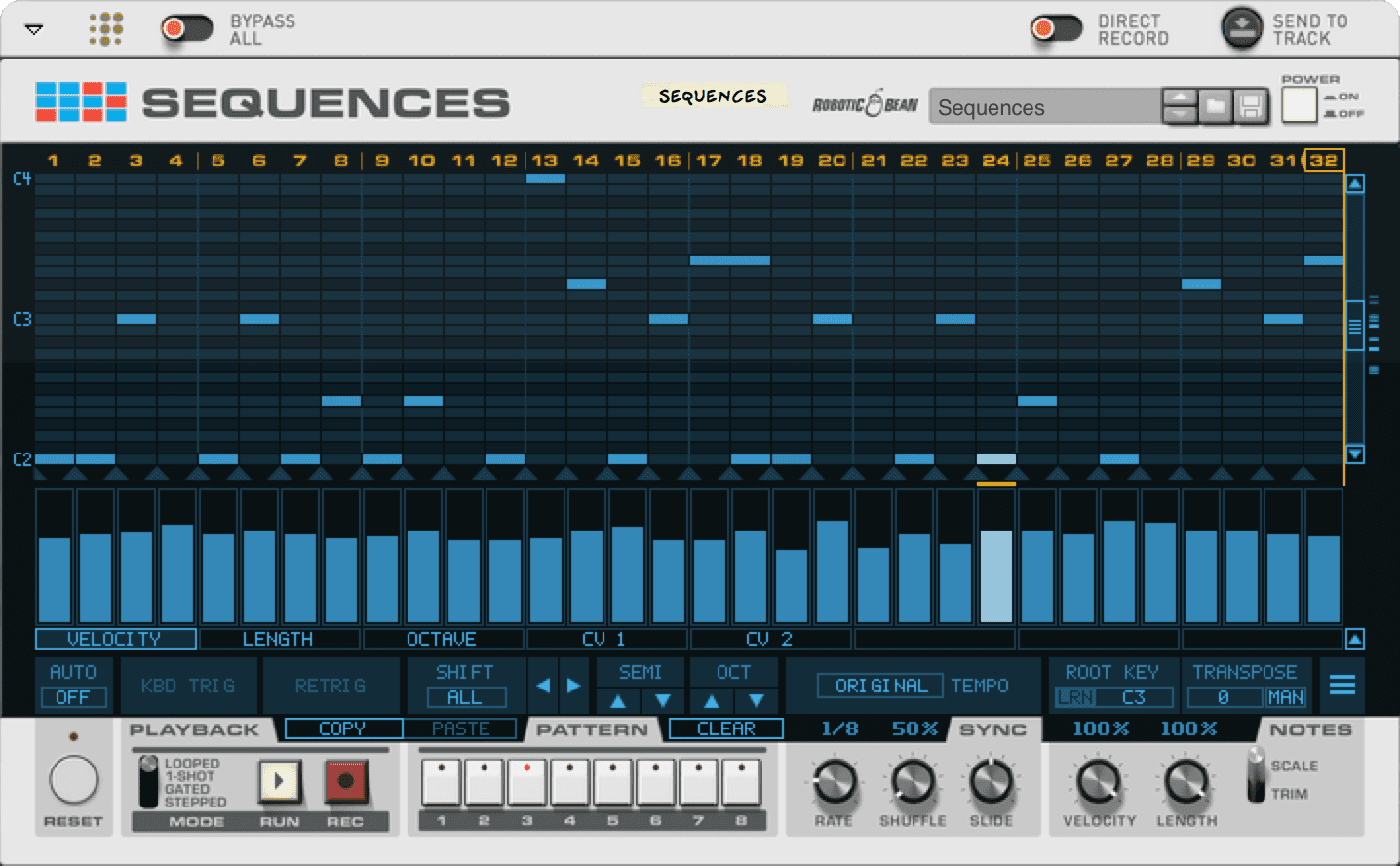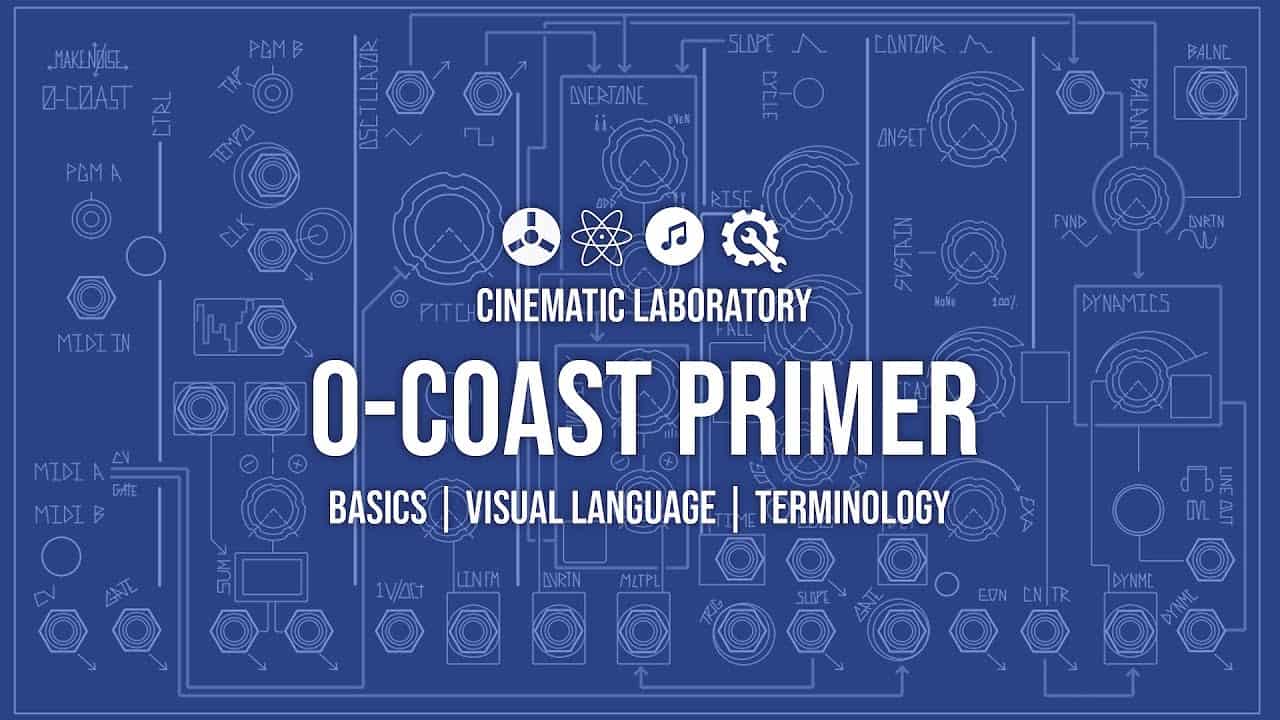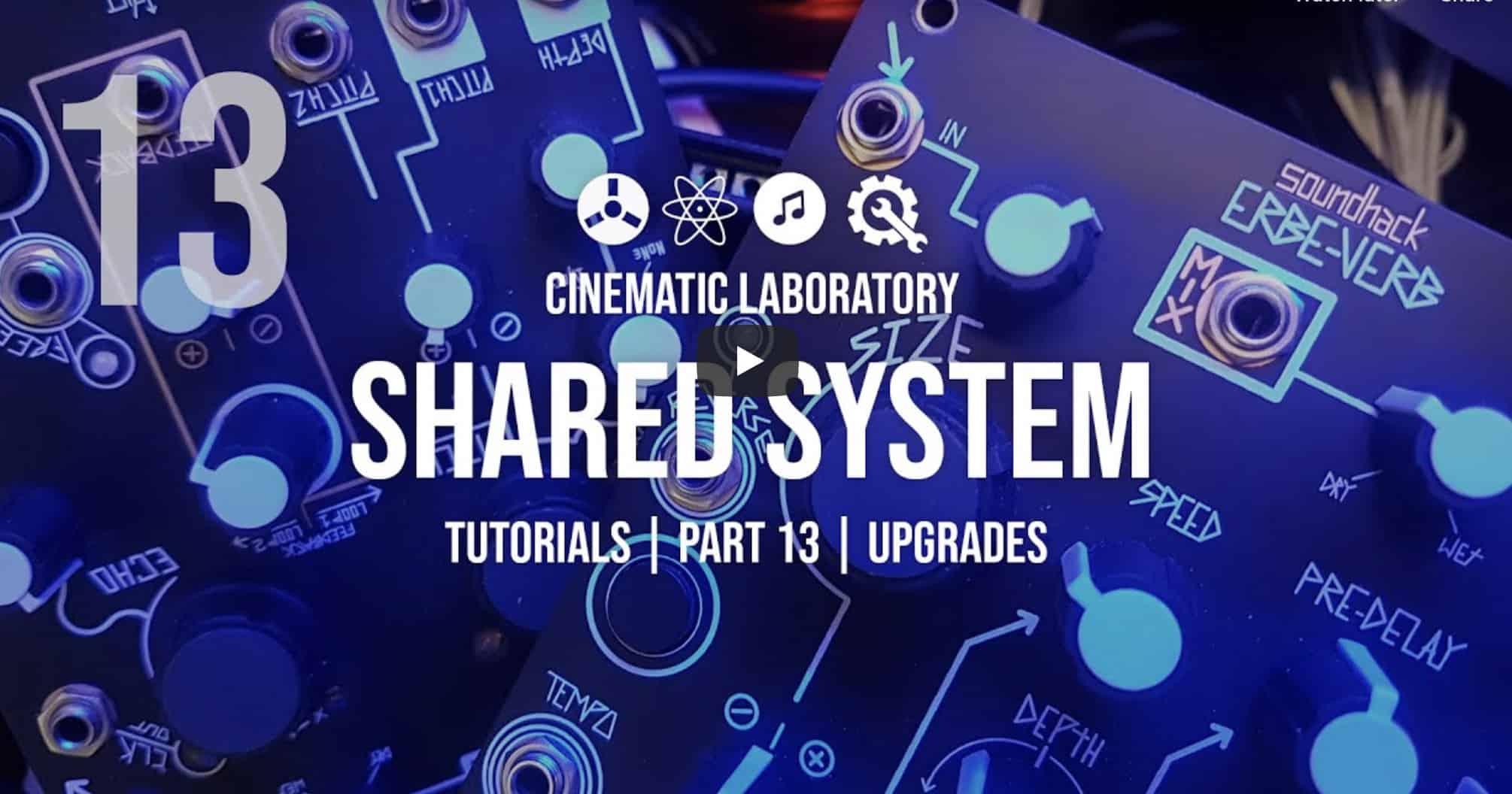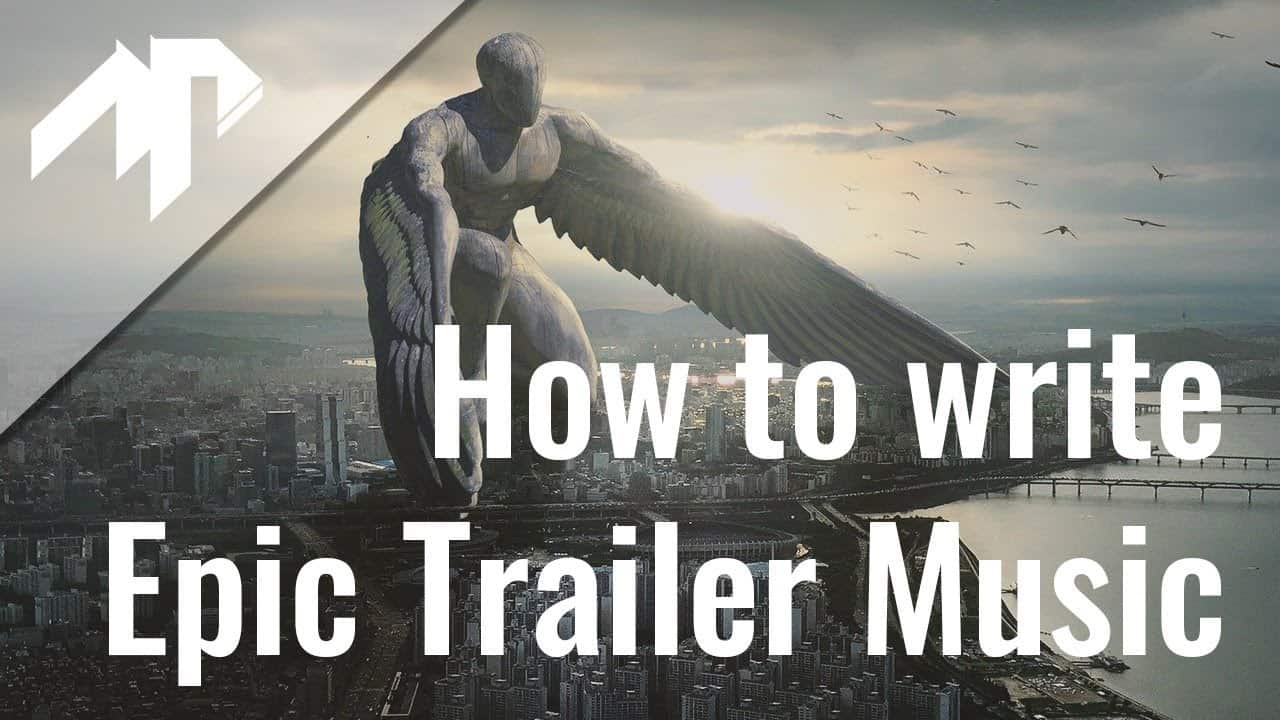Modular Beginner Workshop at SchneidersLaden
SchneidersLaden is offering more workshops for modular beginners.
Pricing and Dates
Participation is free-of-charge. Every Thursday at 6 pm at the SchneidersLaden Showroom for a workshop – or every weekday between noon – 7 pm.
- MODULAR BEGINNER WORKSHOP // Thursday 6pm on 24. October 2019 18:00
- MODULAR BEGINNER WORKSHOP // Thursday 6pm on 31. October 2019 18:00
- MODULAR BEGINNER WORKSHOP // Thursday 6pm on 7. November 2019 18:00
- MODULAR BEGINNER WORKSHOP // Thursday 6pm on 14. November 2019 18:00
- MODULAR BEGINNER WORKSHOP // Thursday 6pm on 21. November 2019 18:00
How to find SchneidersLaden:
@SchneidersLaden Kottbusser Tor above the REWE supermarket (use the door within the REWE entrance – ring the „schneidersladen” bell – and knock LOUD on our metal door on the first floor)










